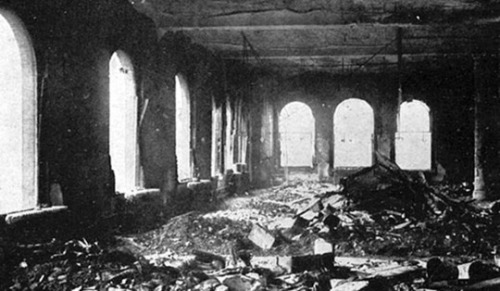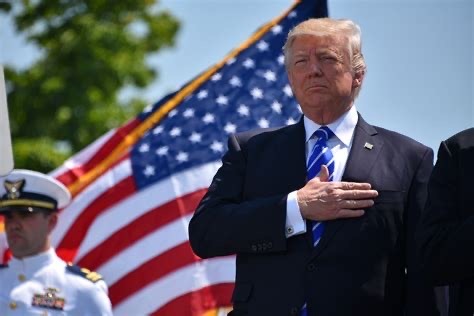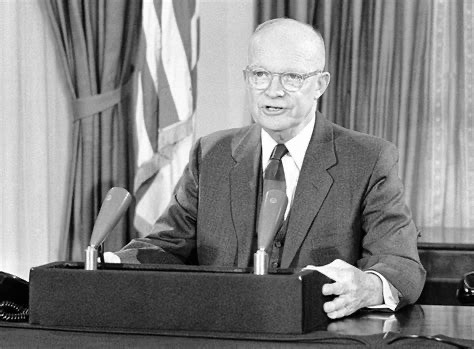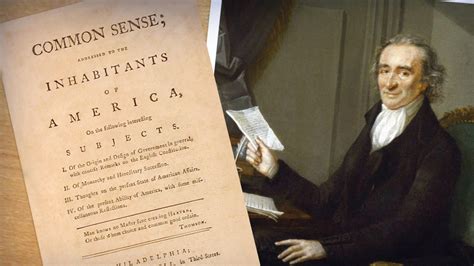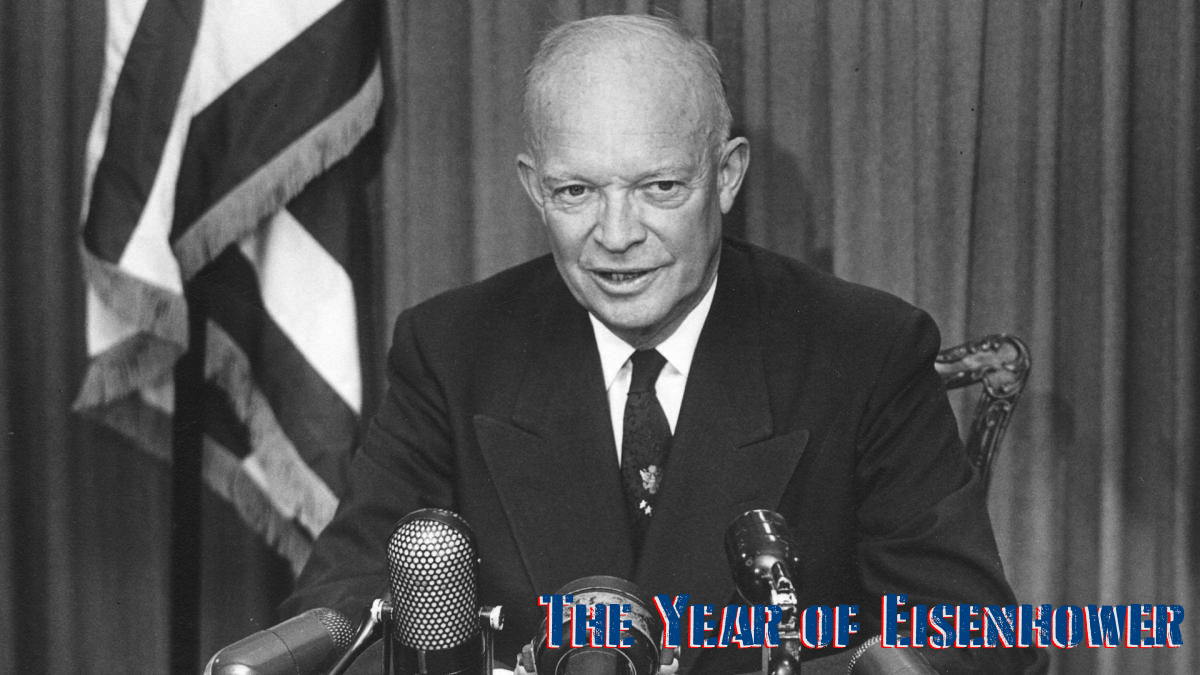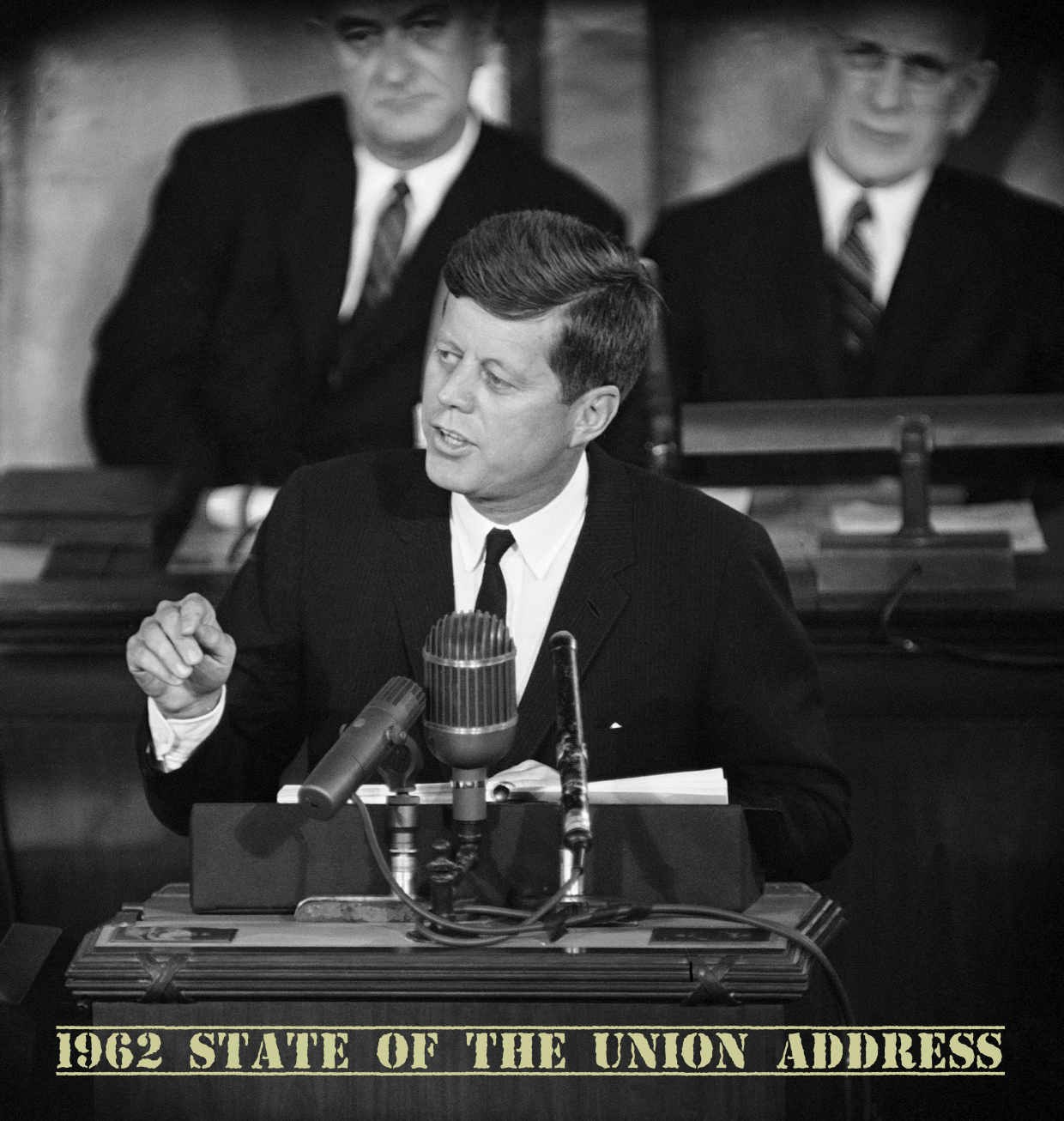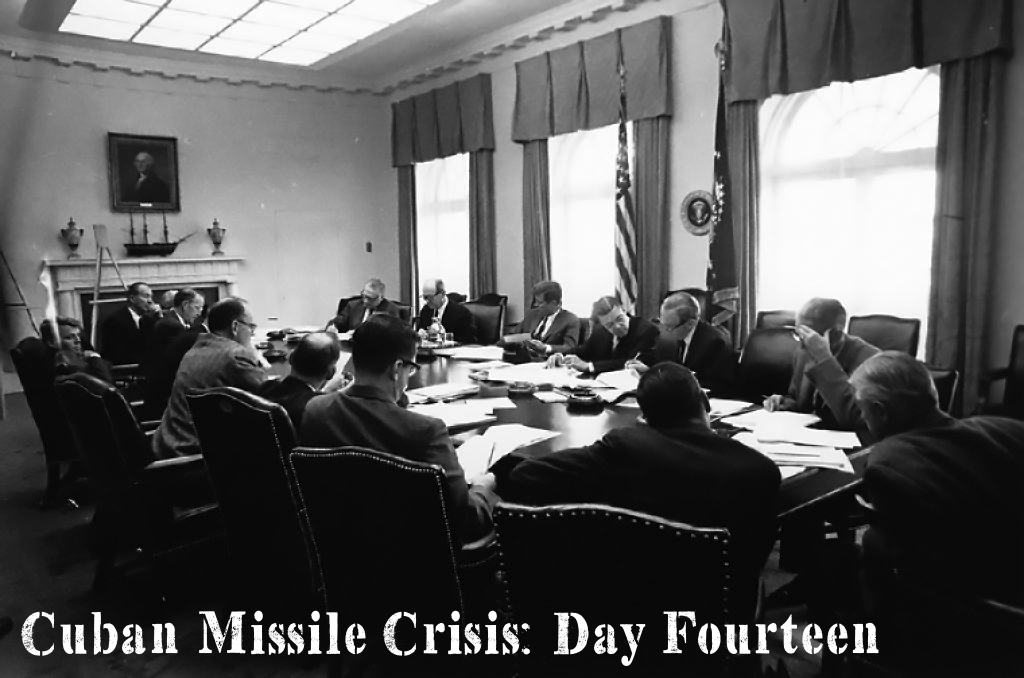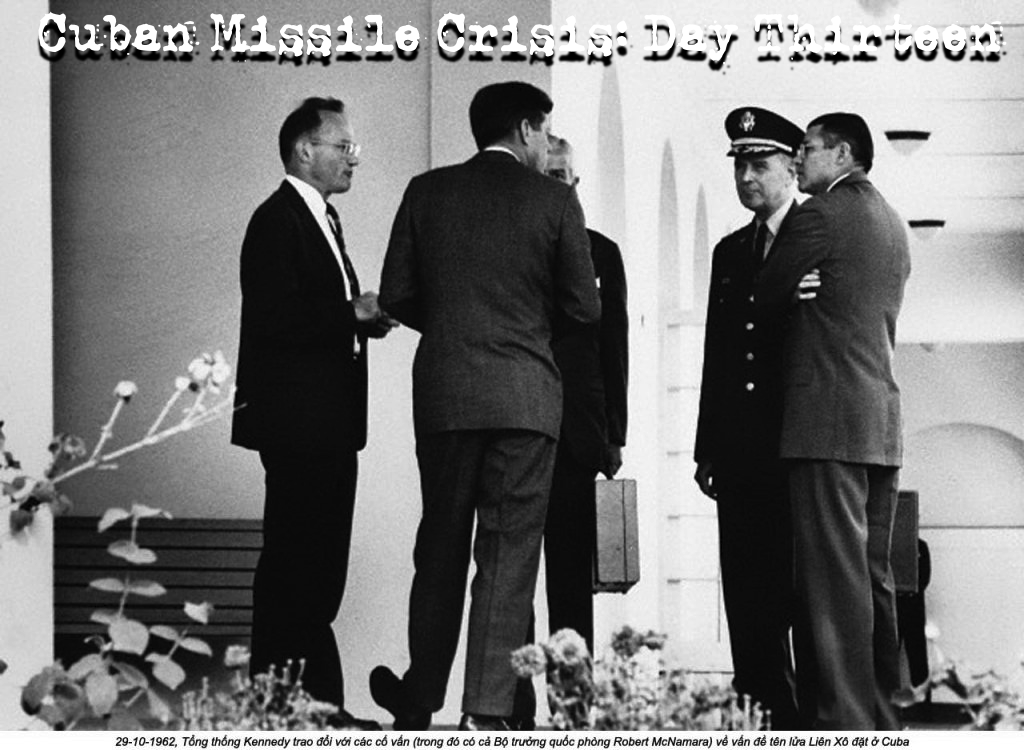Triangle Shirtwaist Factory Fire
Triangle Shirtwaist Factory Fire On Saturday, March 25, 1911, a fire broke out on “the eighth, ninth and tenth floors of the Asch Building,… Read More »Triangle Shirtwaist Factory Fire
Triangle Shirtwaist Factory Fire On Saturday, March 25, 1911, a fire broke out on “the eighth, ninth and tenth floors of the Asch Building,… Read More »Triangle Shirtwaist Factory Fire
But his supporters never wavered. They ignored the lies and the hatred, even when it was directed at them, his supporters. Finally, for the first time in 30 years (for the first time in some of their lives), they had someone in the White House who cared about them. Who put them first. Who loved them.
60 years ago today, President Dwight D. Eisenhower gave one of the most famous Farewell speeches in American history. Ike – like his predecessors Washington… Read More »Today in History: January 17, 1961 – Eisenhower Gives His Farewell Address
245 years ago today, Thomas Paine published his 47-page pamphlet, Common Sense, advocating the independence from Great Britain as not only achievable but inevitable. Descent… Read More »Today in History: January 10, 1776 – Thomas Paine Publishes Common Sense
Today in History: May 8, 1945 – VE DAY “General Eisenhower informs me that the forces of Germany have surrendered to the United Nations.… Read More »Today in History: May 8, 1945
An interesting speech delivered President Trump during his 4th of July ‘Salute to America’ celebration. His speech teaches us the importance of ‘peace through strength’… Read More »Trump’s Salute to America Speech
The Year of Eisenhower USA-eVote would like to declare that this year, 2019, be the Year of Eisenhower – much like last year… Read More »The Year of Eisenhower
Today in History: January 11, 1961 – Kennedy Gives 2nd State of the Union Address Thanks to holidays and whatnot, it’s been awhile since we’ve… Read More »Today in History: January 11, 1961 – Kennedy Gives 2nd State of the Union Address
Cuban Missile Crisis: Day Fourteen But you didn’t see this post coming, did you? Because everyone knows that the crisis only lasted for thirteen days. After… Read More »Cuban Missile Crisis: Day Fourteen
The Cuban Missile Crisis: Day Thirteen Sunday, October 28, 1962: The thirteen days of the Cuban Missile Crisis came to an end. In… Read More »Cuban Missile Crisis: Day Thirteen
